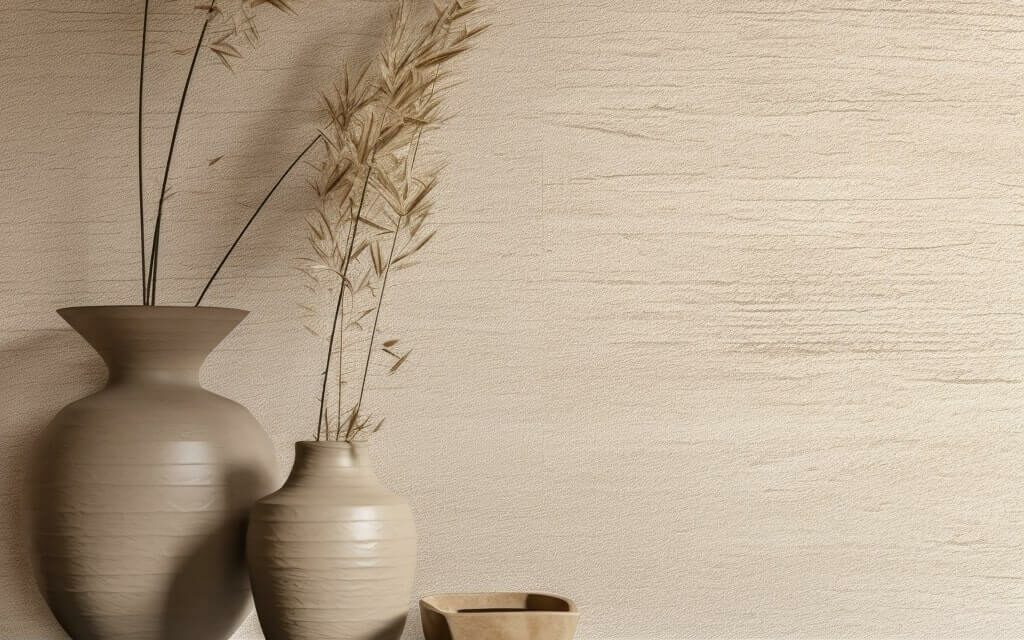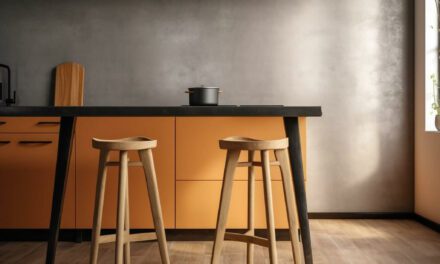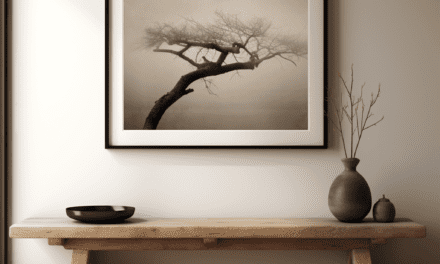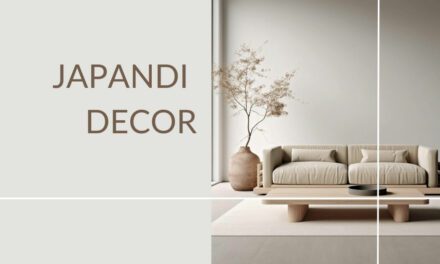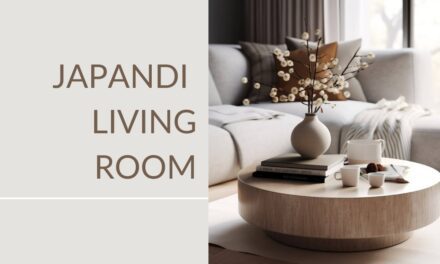As an interior designer, I’ve had the privilege of watching trends come and go, shaping homes and offices into spaces that reflect a myriad of design philosophies.
However, one style has captured my attention like no other in recent times: Japandi.
This design trend, a stunning fusion of Japanese and Scandinavian design influences, has introduced a fresh and harmonious aesthetic into the world of interiors.
And it’s the wallpaper, an often underrated design element, where this trend truly comes alive.
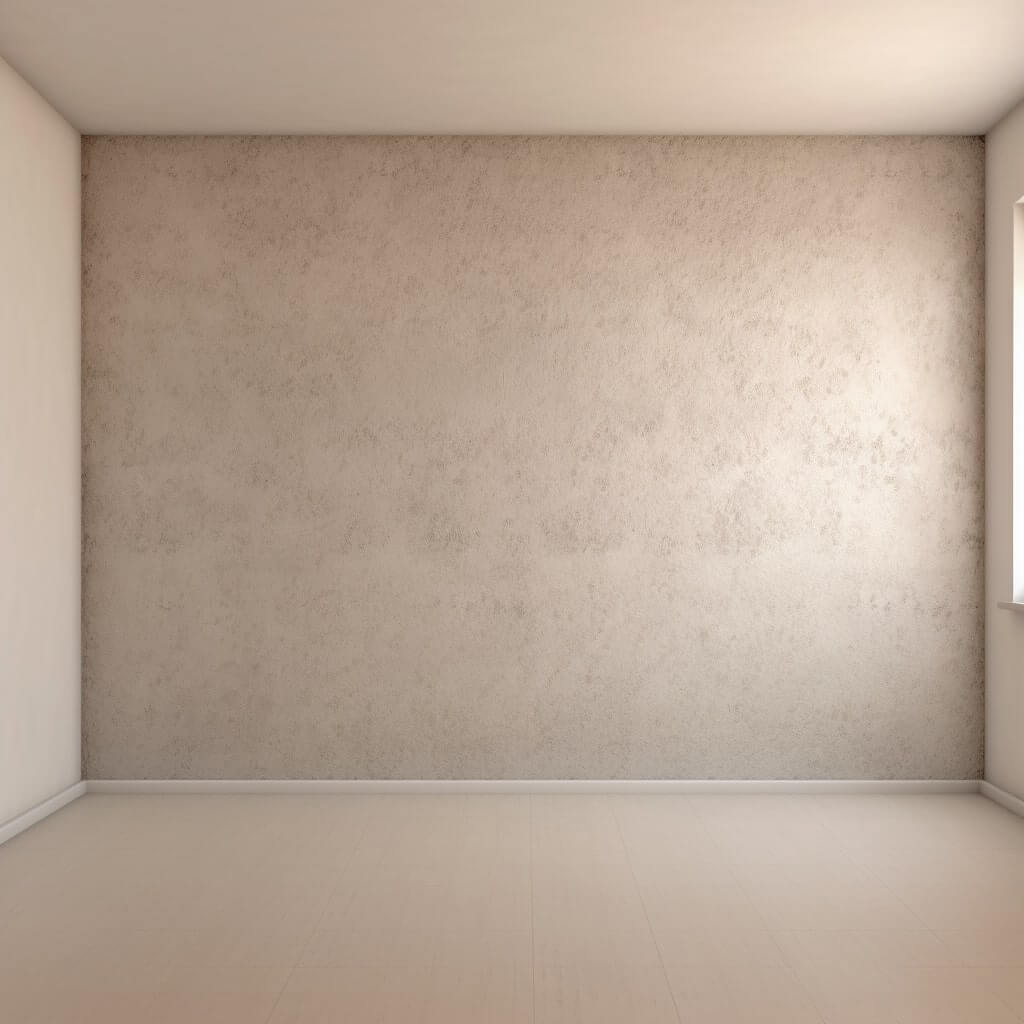
What is Japandi Wallpaper?
Japandi wallpaper is not just about patterns or colors on a roll; it’s a thoughtfully curated blend of art and design principles that transform ordinary walls into extraordinary narratives of style and serenity.
So, what makes it so special?
Japanese and Scandinavian Styles
At its core, Japandi wallpaper is the perfect blend of the minimalist and functional ethos of the Scandinavian design sensibility and the traditional elegance and sophistication of Japanese interior design.
This East-meets-West concept manifests as warm, inviting, and soothing wallpapers that balance simplicity and style, function, and form.
From the Japanese perspective, the approach is deeply rooted in the principles of “Wabi-Sabi,” the love for the imperfect, impermanent, and incomplete.
It celebrates the beauty of simplicity and the art of subtlety.
Pair this with the Scandinavian love for functionality, nature, and clean lines, and you have an aesthetic that resonates with a sense of calm and order.
With Japandi wallpaper, you’ll find muted, earthy tones interspersed with darker, bold hues for contrast and depth.
Patterns are often minimal, inspired by natural elements, contributing to a tranquil environment that feels both lived-in and meticulously curated.
As you unroll a piece of Japandi wallpaper, you’re not just transforming your room; you’re making a statement about your love for design that marries two powerful yet distinct cultural aesthetics.
Whether you’re creating a Zen-like oasis in your bedroom or setting up a calm and focused workspace, Japandi wallpaper is your ally in bringing tranquility, balance, and, of course, unparalleled style into your interiors.
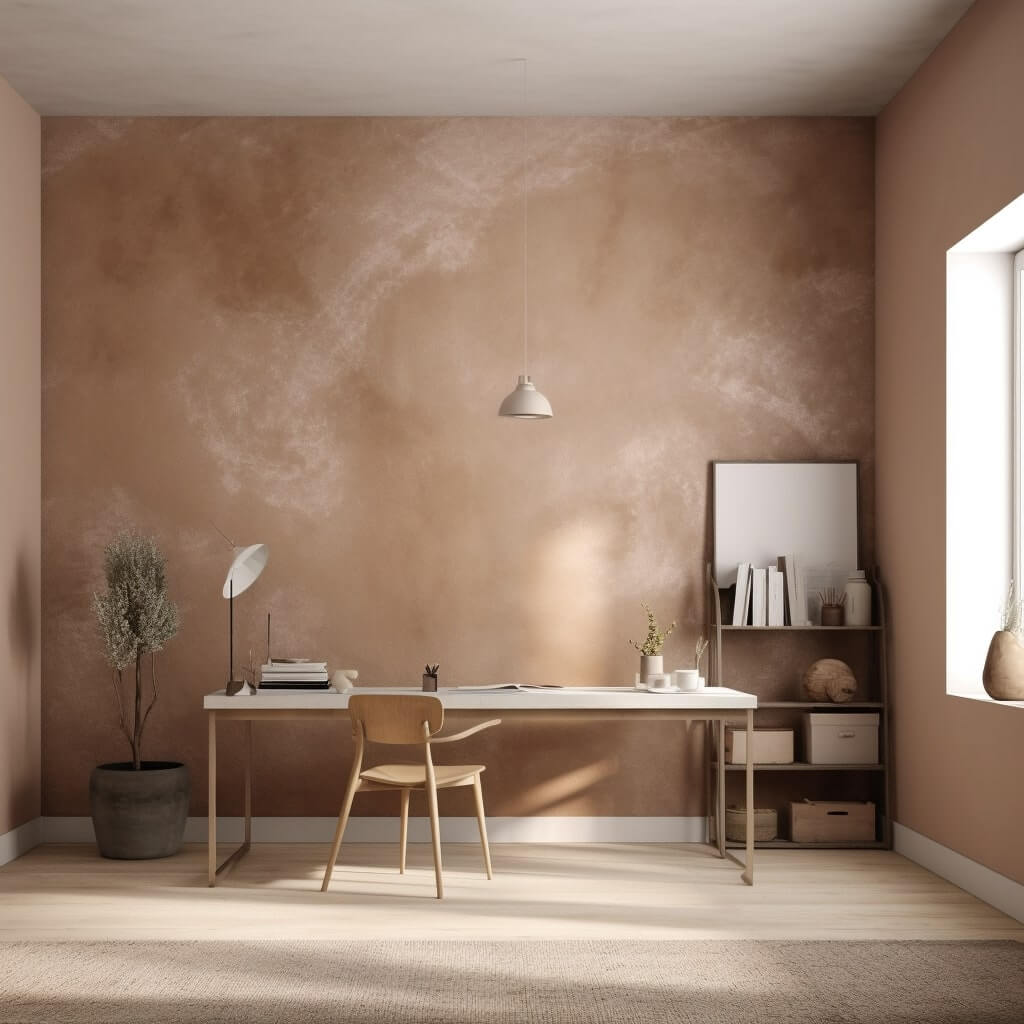
Essential Elements of Japandi Wallpaper
When we delve into the world of Japandi wallpaper, we enter a realm that places a high premium on aesthetics, yet never compromises on simplicity and authenticity.
H2: Popular Japandi Wallpaper Styles and Colors
Japandi’s calming aura is deeply influenced by its choice of styles and colors, which borrow from the natural world and bring an understated elegance to any room.
Embracing Neutral and Earth Tones
At the heart of Japandi wallpaper color palettes, you’ll find an array of neutral and earth tones.
From gentle greys and soft whites to richer hues like forest green and earthy browns, these shades create an atmosphere of tranquility and warmth.
The colors aren’t just chosen randomly; they reflect the philosophy of living in harmony with nature, a value deeply embedded in both Japanese and Scandinavian cultures.
Contrast in Japandi Wallpaper
Contrast also plays a pivotal role in Japandi design.
The combination of light and dark colors not only adds depth to the design but also creates a dynamic balance that’s pleasing to the eye.
A dark blue wall can provide a perfect backdrop for lighter furniture and décor, while a delicate floral design can pop beautifully against a muted background.
The magic lies in the juxtaposition of different elements.
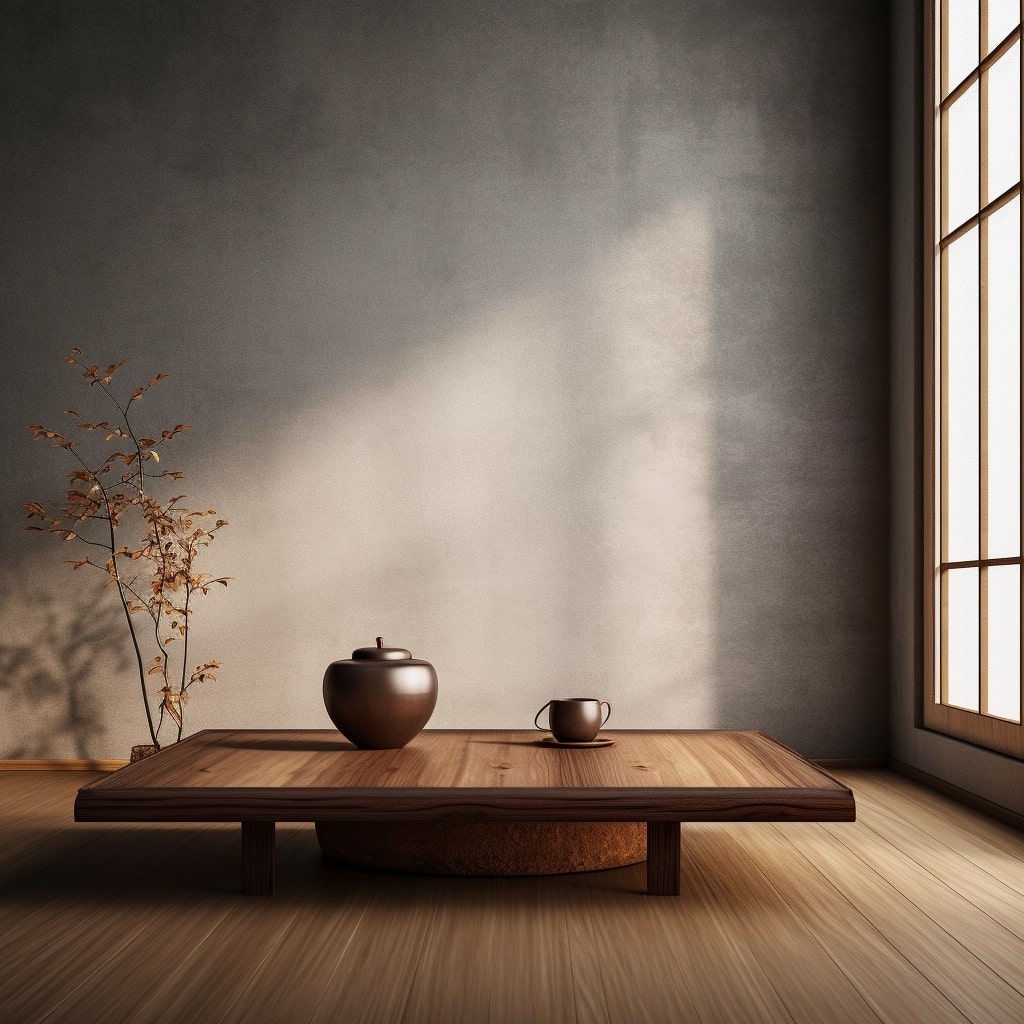
Japandi Wallpaper Materials
Japandi isn’t just about aesthetic; it’s also about conscious living. This ethos reflects in the choice of materials used in creating Japandi wallpaper.
Sustainability is a key factor in Japandi design.
As designers, we lean towards materials that not only reflect the natural world but are also gentle on the environment.
Think recycled papers, organic fibers, and eco-friendly inks, all of which bring the outside in while promoting a more sustainable lifestyle.
Finally, texture adds another dimension to Japandi wallpapers.
From the rough, organic feel of grasscloth to the smooth, luxurious touch of silk, a variety of materials are used to create tactile experiences that are both visually and physically stimulating.
These textures help bring walls to life, adding a sense of depth and richness that truly embody the Japandi ethos of balanced beauty.
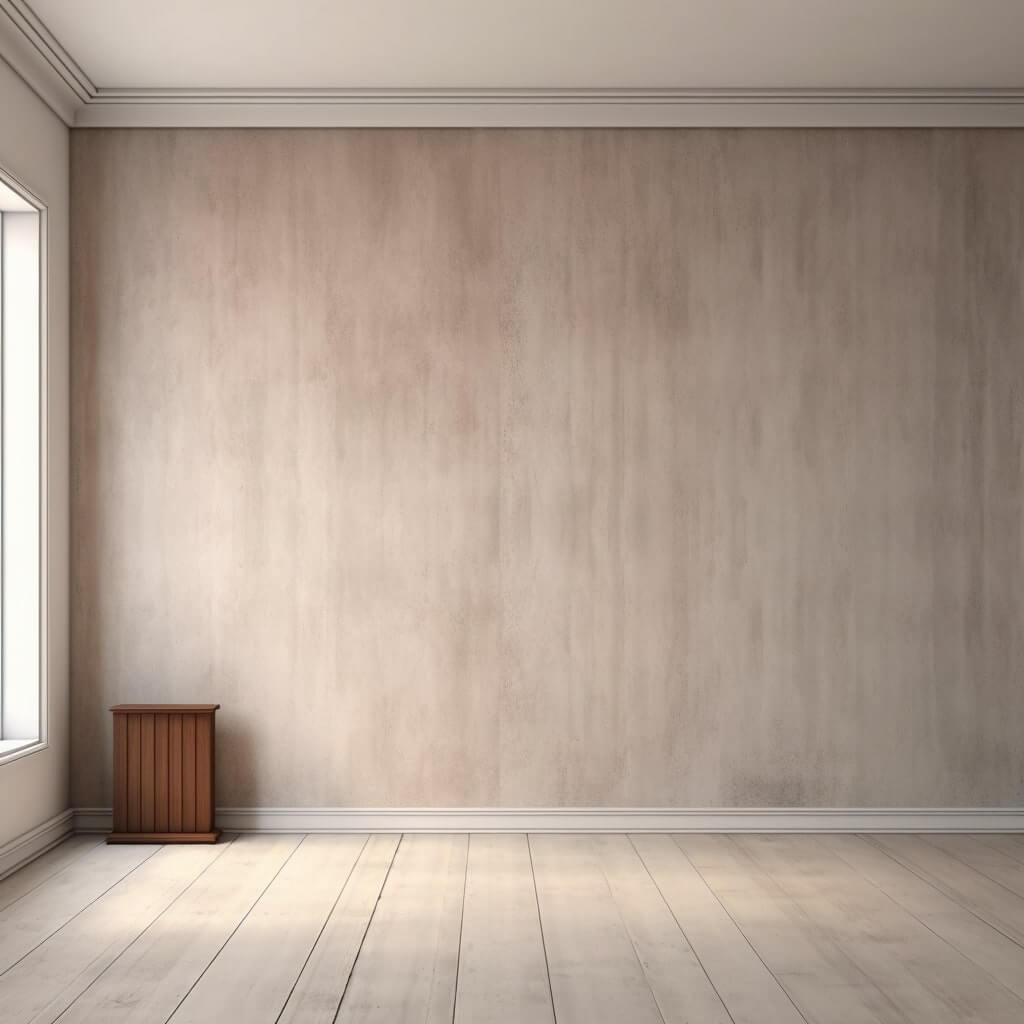
Other Japandi Wallpaper Materials
I find that when embracing a Japandi aesthetic, Venetian plaster, Roman clay, and concrete become powerful allies in our design toolkit.
Venetian Plaster Walls in Japandi Interiors
Venetian plaster, with its smooth surface and lustrous finish, can add a touch of luxurious elegance to your Japandi style.
With its ability to mimic the natural, subtle variations found in stone or marble, it beautifully complements the Japandi philosophy of celebrating nature and authenticity.
The secret to achieving a stunning Japandi look with Venetian plaster lies in your color and texture choices.
Stick to neutral, earthy shades that can accentuate the plaster’s inherent depth and luminosity.
When applying, consider using a technique that leaves subtle, deliberate imperfections to incorporate the Wabi-Sabi philosophy.
The final result will be a beautifully textured wall that provides a warm, natural backdrop for your Japandi decor.
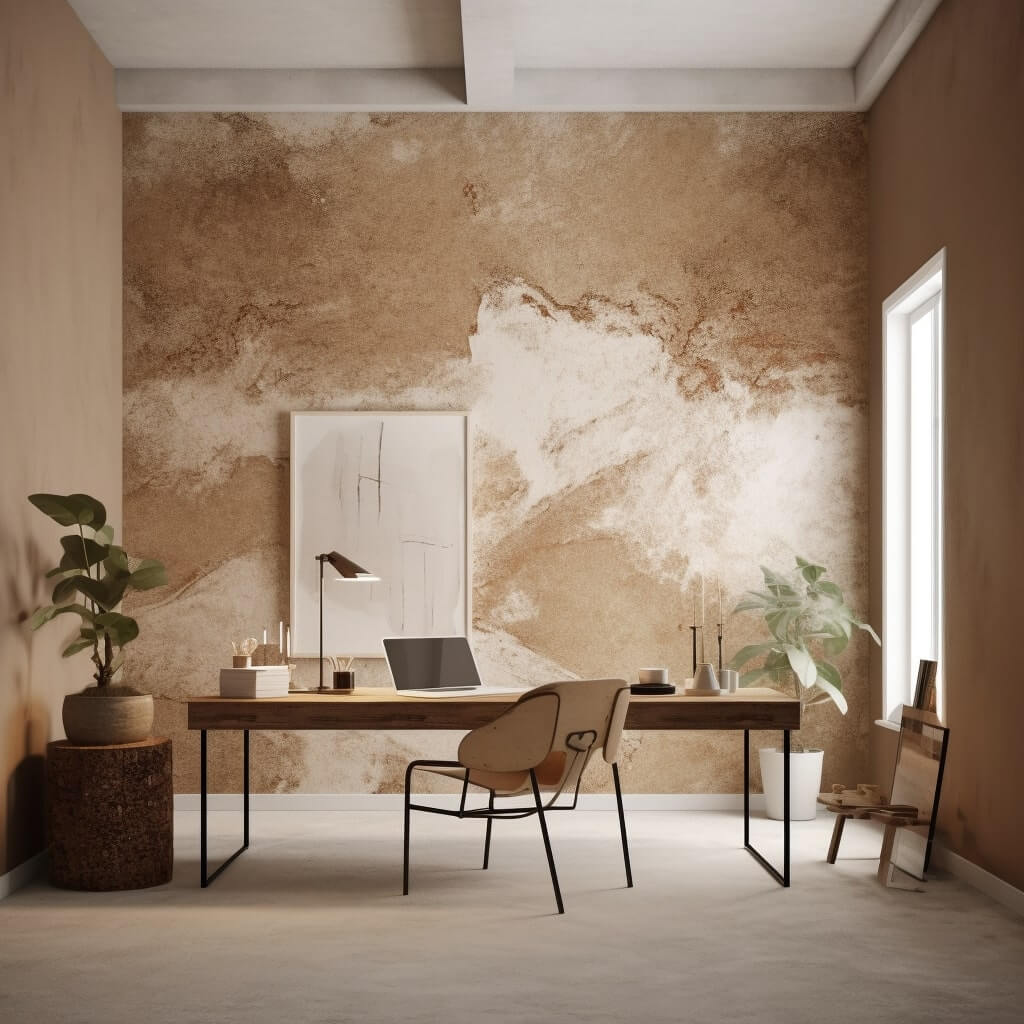
Roman Clay Walls
The organic and tactile beauty of Roman clay walls can lend a minimalist charm to a Japandi interior.
Its earthy tones and textural depth, when combined with minimalist furniture and neutral décor, can create an ambiance of serene simplicity.
To evoke the Japandi aesthetic with Roman clay, choose natural and muted colors that echo the outdoors.
The application should be less about achieving a smooth finish and more about embracing the material’s innate texture and depth.
The end goal is to create a wall that tells a story of nature and simplicity, embracing the very essence of the Japandi style.
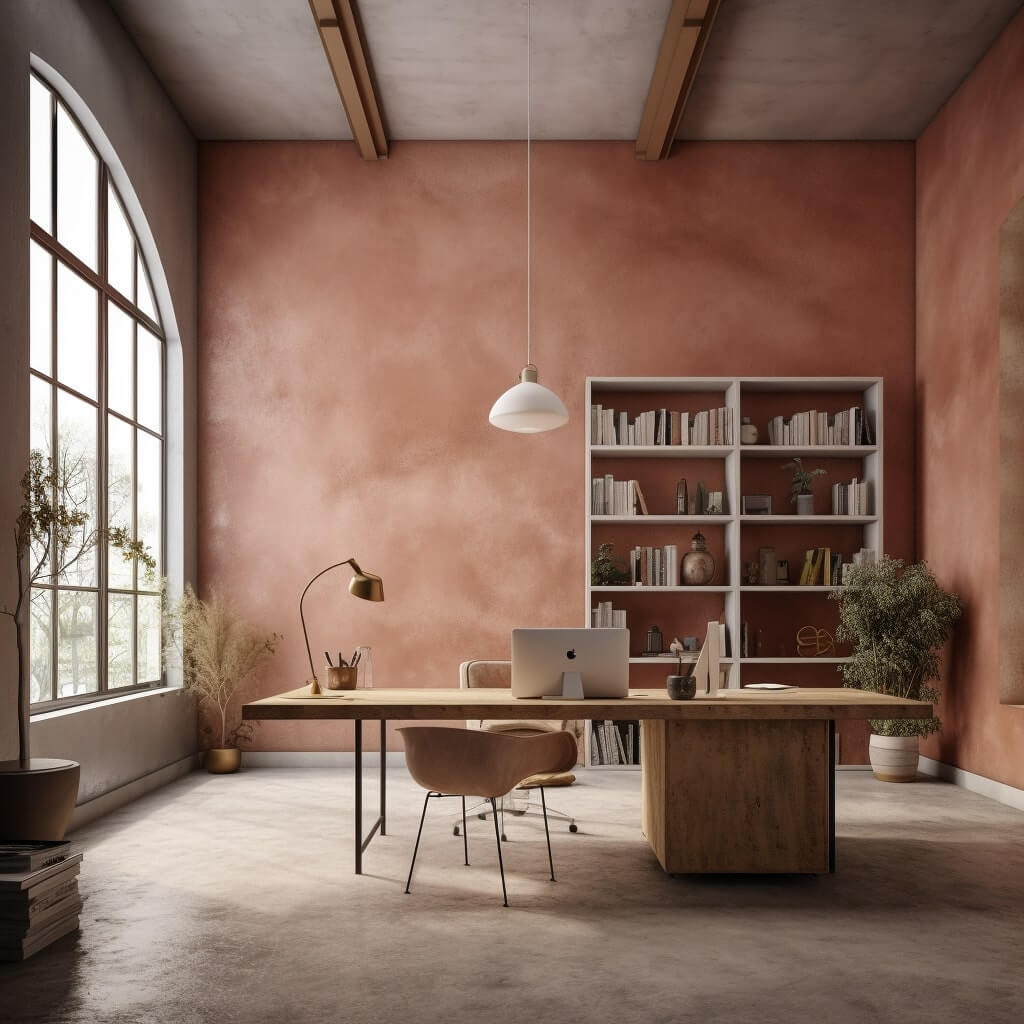
Concrete Walls in Japandi Design
Concrete walls may seem an unlikely fit for Japandi design, but they bring an interesting industrial touch to the natural, minimalist aesthetic.
The raw and slightly rough texture of concrete can provide a pleasing contrast to the softer elements of Japandi design.
Creating a Japandi look with concrete is all about balance.
Too much concrete might feel cold and stark, so it’s about strategically using it in spaces where it can shine.
Adding wooden elements or soft textiles can warm up the space and create a harmony that is quintessentially Japandi.
Remember, in Japandi, we’re not aiming for perfection; we’re aiming for a balance that feels good to live with, a testament to the beauty of blending cultures and styles.
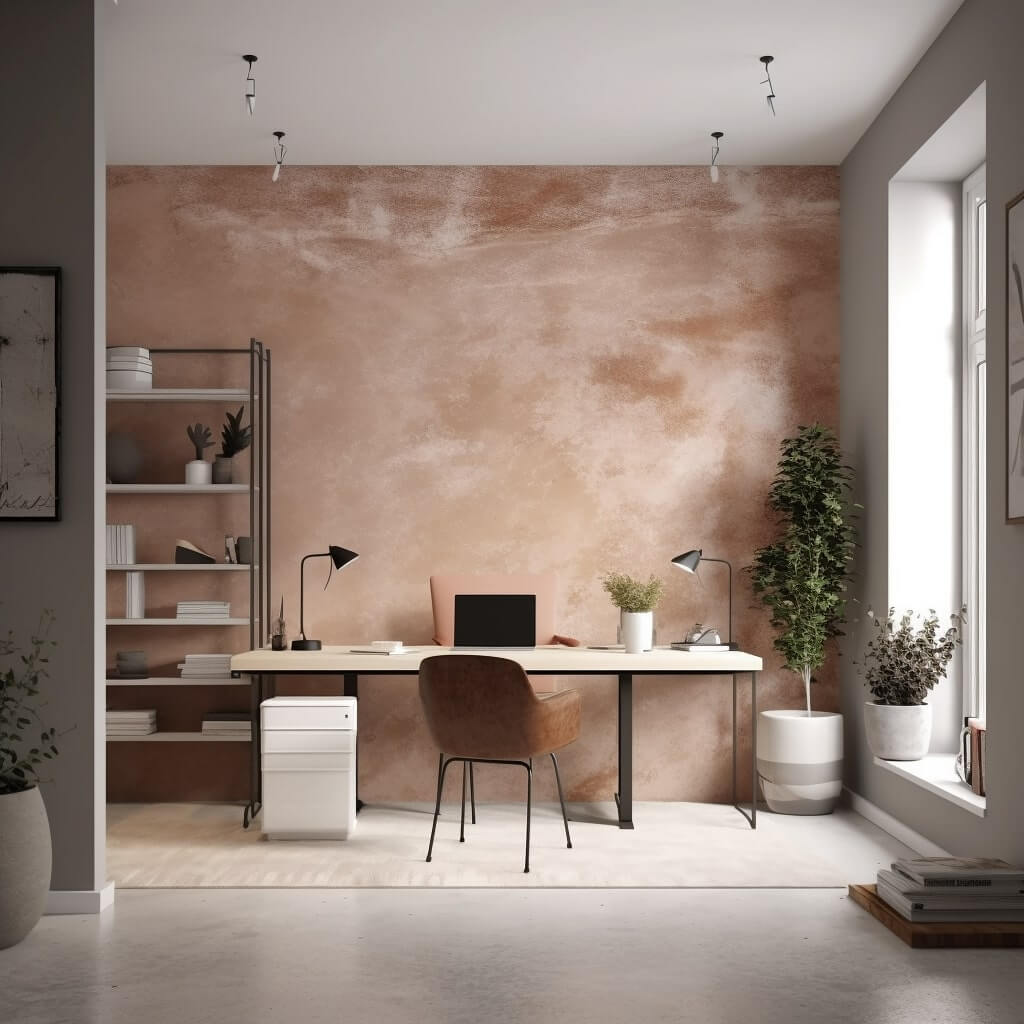
Choosing the Perfect Japandi Wallpaper
When it comes to Japandi wallpaper, this choice becomes a delightful exploration of self-expression through design.
The Japandi aesthetic may seem minimalist at its core, but that doesn’t make it any less impactful.
There are various factors to consider when selecting the perfect Japandi wallpaper.
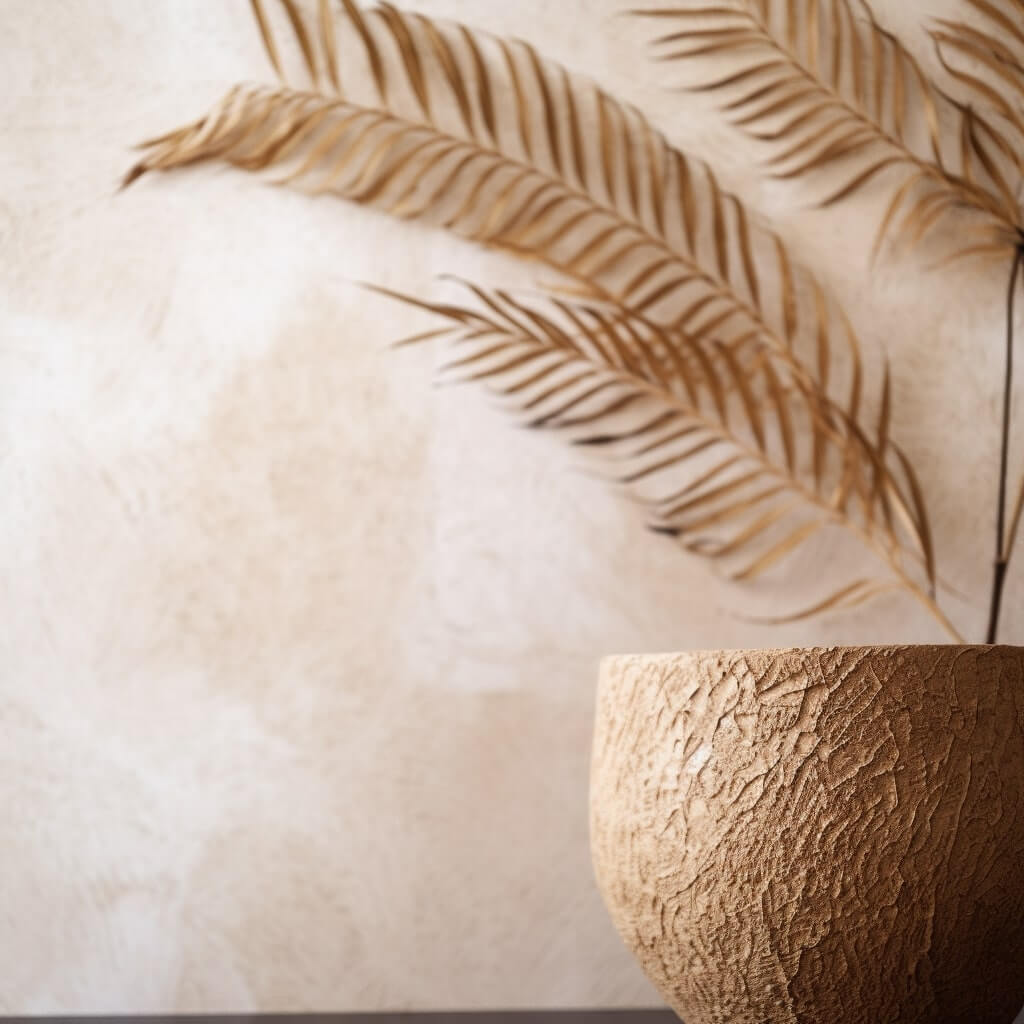
Considering the Room’s Purpose and Lighting
Understanding the room’s purpose is a primary consideration.
Is it a relaxing retreat like a bedroom, or a place of activity and energy, such as a living room?
Japandi design emphasizes function, so your wallpaper should reflect the room’s purpose. Light is also crucial.
Bright, sun-filled rooms can handle darker hues, while rooms with less natural light would benefit from lighter tones to help create a sense of spaciousness.
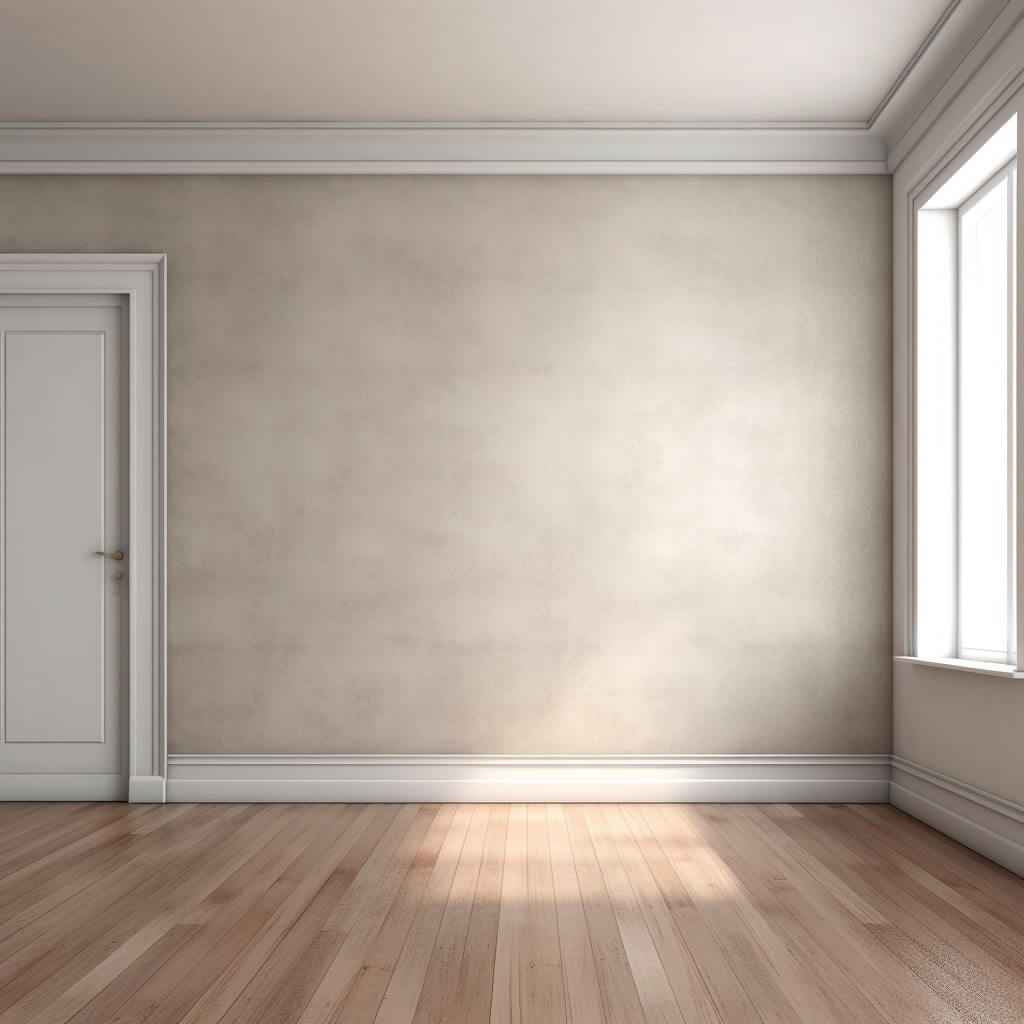
Matching Wallpaper with Existing Furniture
Your wallpaper should also harmonize with the existing furniture and decor.
For a truly Japandi aesthetic, consider the balance of elements.
Pair bold, dark wallpapers with light, minimalist furniture, or balance a neutral-toned wallpaper with darker or more textured furnishings.
Once you’ve selected the perfect Japandi wallpaper, the next step is application.
Done right, this can significantly enhance the overall aesthetic impact.
In Japandi interiors, less is indeed more.
Consider using your chosen wallpaper to create a focal point in the room.
This could be an accent wall behind the bed or the wall housing the fireplace in your living area.
The idea is to draw attention and create a visually striking element without overwhelming the space.
If you’ve chosen a wallpaper with a bold pattern, remember to balance it with simple, minimalist furniture.
A visually busy wallpaper works best when the surrounding elements are understated, allowing the wallpaper to shine without creating a sense of clutter.
Note: Japandi style also works very well in combination with a retro look. I.e., Retro Japandi. Japandi colors can look very 70s retro style too, so the wallpaper design lend well to this.
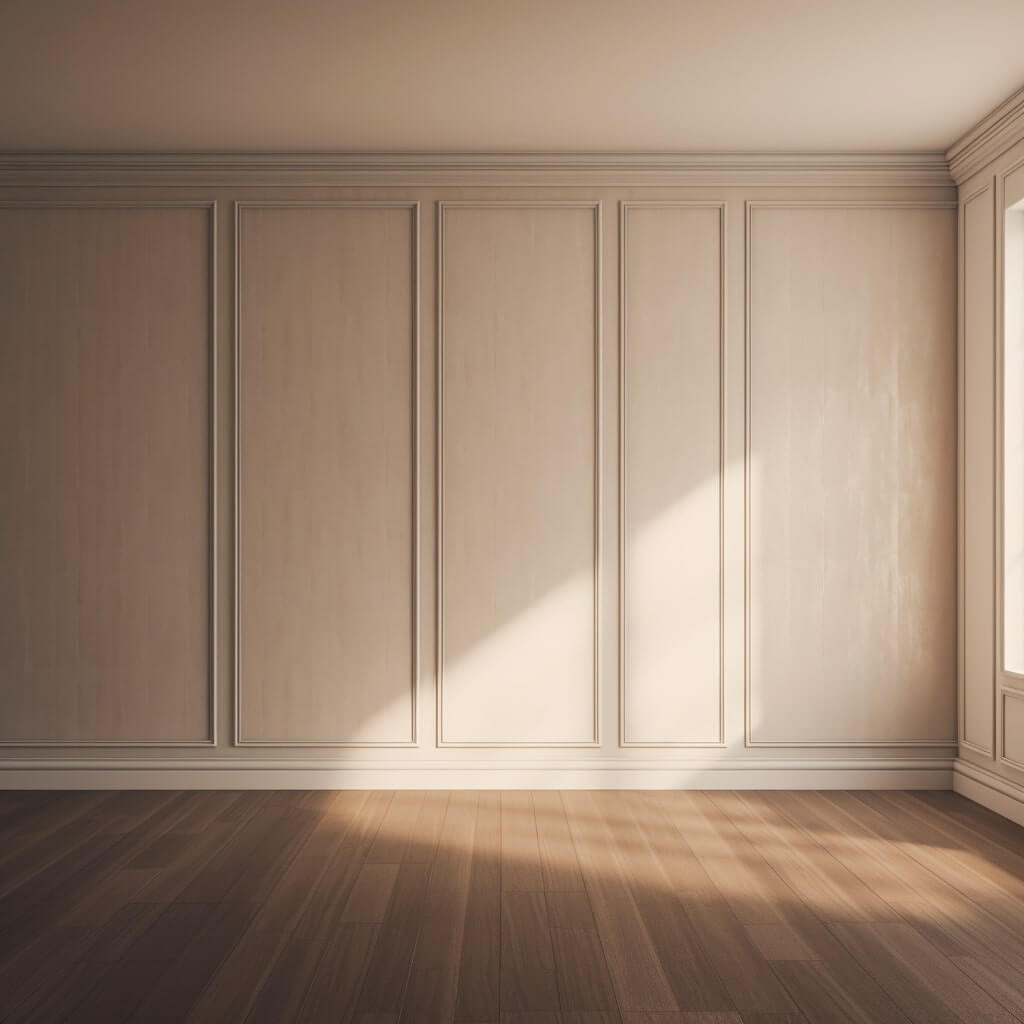
Where to Buy Japandi Wallpaper
After immersing ourselves in the beautiful world of Japandi design and understanding how to choose and apply the perfect wallpaper, it’s time for the grand finale – acquiring that Japandi wallpaper that will transform your space into a serene, stylish sanctuary.
Top Retailers for Japandi Wallpaper
The growing popularity of the Japandi aesthetic means that there’s no shortage of retailers offering stunning Japandi wallpapers.
Whether you prefer the convenience of online shopping or the tactile experience of brick-and-mortar stores, you have a wealth of options at your fingertips.
Online Marketplaces
Online marketplaces such as Etsy, Amazon, and Wayfair offer a diverse range of Japandi wallpapers.
These platforms are ideal for browsing a plethora of options from the comfort of your home, and their wide variety can cater to all tastes and budgets.
With detailed product descriptions, customer reviews, and high-quality images, you can get a comprehensive idea of the wallpaper you’re choosing.
Brick-and-Mortar Stores
For those of us who prefer to see and touch before buying, brick-and-mortar stores provide a tangible experience.
These stores, like Home Depot, Lowe’s, or specialized local interior design boutiques, often have displays that showcase how a particular wallpaper might look in a room, giving you a realistic perspective.
Feeling the texture and observing the colors in different lights can be beneficial in making a confident choice.
Custom Japandi Wallpaper Designers
For a truly unique and personal touch, custom Japandi wallpaper designers are the way to go.
These artists can create bespoke designs that perfectly match your space and aesthetic preferences.
Companies such as Spoonflower or local design studios offer services where you can customize colors, patterns, and materials.
It’s a fantastic option if you’re looking for something exclusive that speaks your design language.
FAQs
Is Japandi short for Japanese Scandinavian design?
Yes, Japandi is a portmanteau of Japanese and Scandinavian, representing a design style that blends elements from both cultures.
What is Japandi style about?
Japandi style combines the minimalist, functional ethos of Scandinavian design with the traditional, sophisticated elegance of Japanese aesthetics. It emphasizes simplicity, harmony with nature, and the beauty in imperfection.
What is the difference between Scandi and Japandi?
While both Scandi and Japandi styles value simplicity and functionality, Japandi incorporates more natural, earthy tones and elements, and appreciates the beauty of imperfection, influenced by the Japanese philosophy of Wabi-Sabi.
What is Japandi style material?
Japandi style material is generally organic, sustainable, and derived from nature. It includes natural wood, bamboo, paper, stone, and a variety of textiles.
What materials are used in Japanese furniture?
Japanese furniture often uses materials like Hinoki cypress, cedar, bamboo, and rattan. Natural fabrics such as silk and rice paper are also common.
What materials are used in Scandinavian design?
Scandinavian design typically employs materials like natural wood (pine, oak, ash), glass, and metals. Textiles such as wool and linen are common in upholstery.
What style is similar to Japandi?
The style most similar to Japandi would be minimalist or Nordic design, as they share a love for simplicity, functionality, and natural elements.
What is the difference between boho and Japandi?
While both boho and Japandi incorporate natural elements, boho style is more eclectic, colorful, and ornate. Japandi, on the other hand, maintains a more subdued, minimalist aesthetic with a strong emphasis on functionality.







